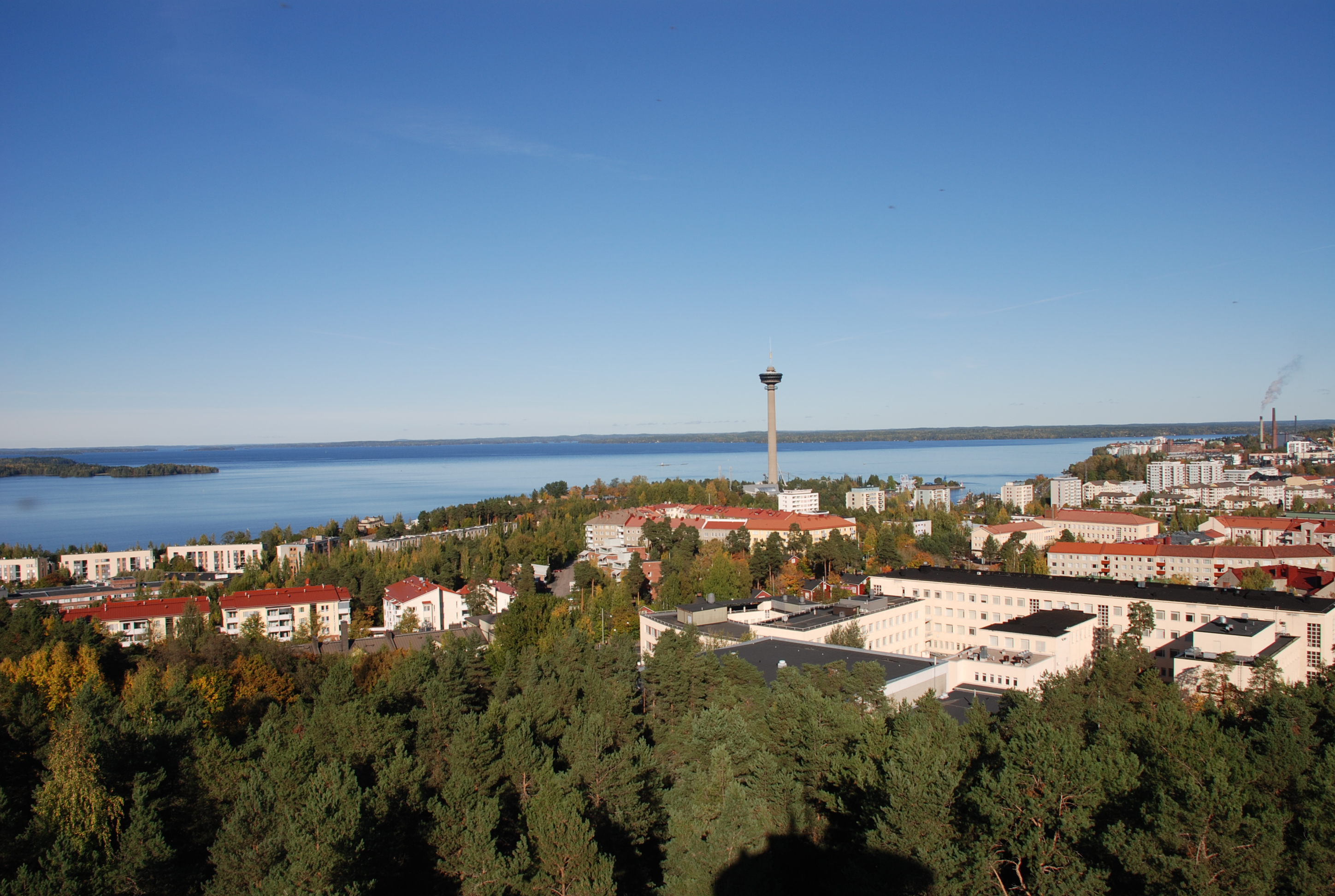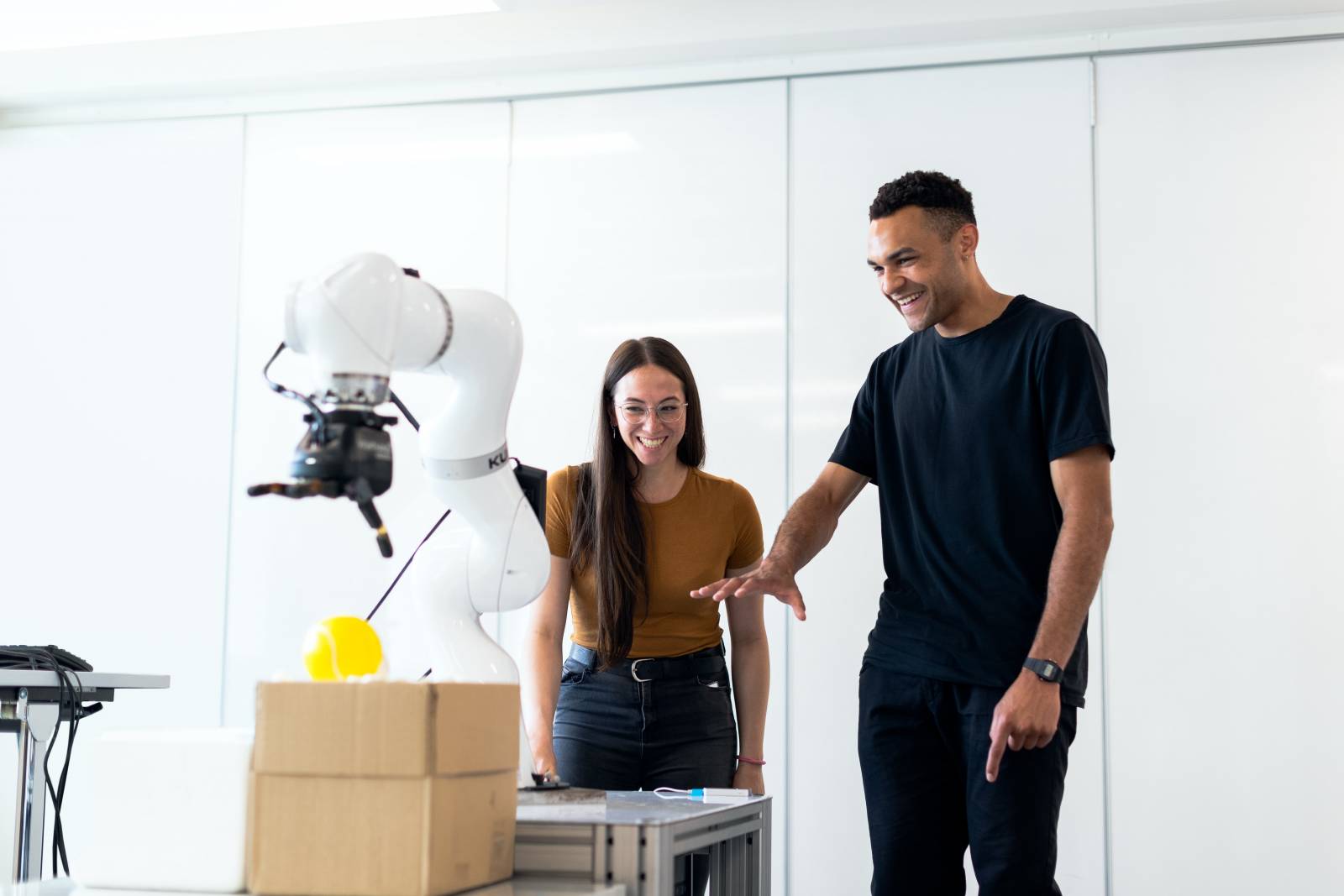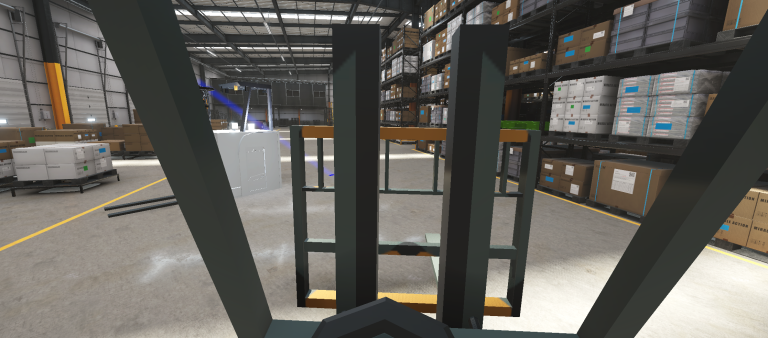To start the workshop, Roel Pieters provided a nice overview of robots and HRI, focusing on the collaborative robots (cobots), how to program robots, and how these robots are actually working. Roel showed some informative videos about the cobots:
After this informative overview of HRI it was time for the demos. As we were in an online event, the demos were video records of the solutions that we have been developing in our project. The first demo was about voice interaction with Franka Panda robot, showed by Alex Angleraud. It was interesting to see how the human can operate Panda with voice commands or alternatively by using the graphical interface. We could also see how the human could actually communicate with Panda by touching the robot. Very interesting and potential way of interacting with the robots in noisy industry contexts!
The second demo was the emotional Nao – Nao robot recognizing human’s emotions, age and gender. This demo was shown by Aparajita Chowdhury, and it provided some grounding for the futuristic HRI scenarios, with which we were going to work in the hands-on part of this workshop. The emotional Nao demo raised quite active discussion so it seems to be an interesting topic for this community. For example, the participants asked what different emotions it can recognize and also what would be the use cases for this type of interaction.
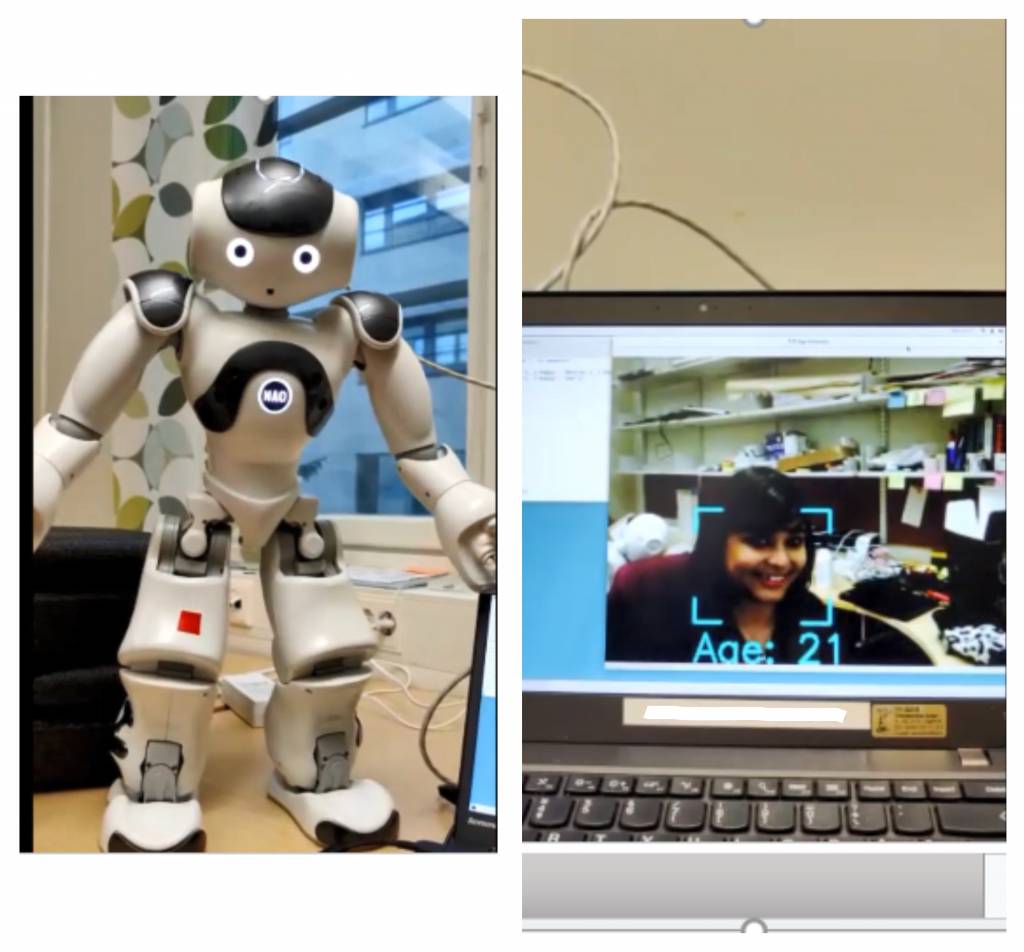
The third demo was shown by Roel and it was about the safety zone of a cobot. The safety line of the robot is projected to the table around the robot, and the human can easily see if s/he is entering the robot’s zone, which is dangerous for human being. If the human enters the robot’s zone, the robot stops it’s activity.
After seeing the current demos we were ready to get into creative mood and start the co-design part. Aparajita first explained about the importance of the user experience design (UX) in the area of industrial robots and cobots. She explained that traditionally the industrial robots have been quite intimidating for the human beings, i.e. the users. When it comes to the cobots, human beings are working very close to the them and that’s why it is important to consider the UX as well. How does human workers feel about these robots? What are the experiences these robots evoke on humans? How could we improve the interaction to make it smooth, pleasurable and natural?
The participants of the workshop were working collaboratively in small multidisciplinary teams. Three scenarios about human-cobot interaction (scenario 1, scenario 2 and scenario 3) were shown for the participants and the related potentials, challenges and ideas were discussed in the teams by utilizing Mural canvas for documenting the ideas. In addition to great thoughts, insights and ideas around the scenarios and HRI, the value of active and multidisciplinary teamwork was recognized by the participants.
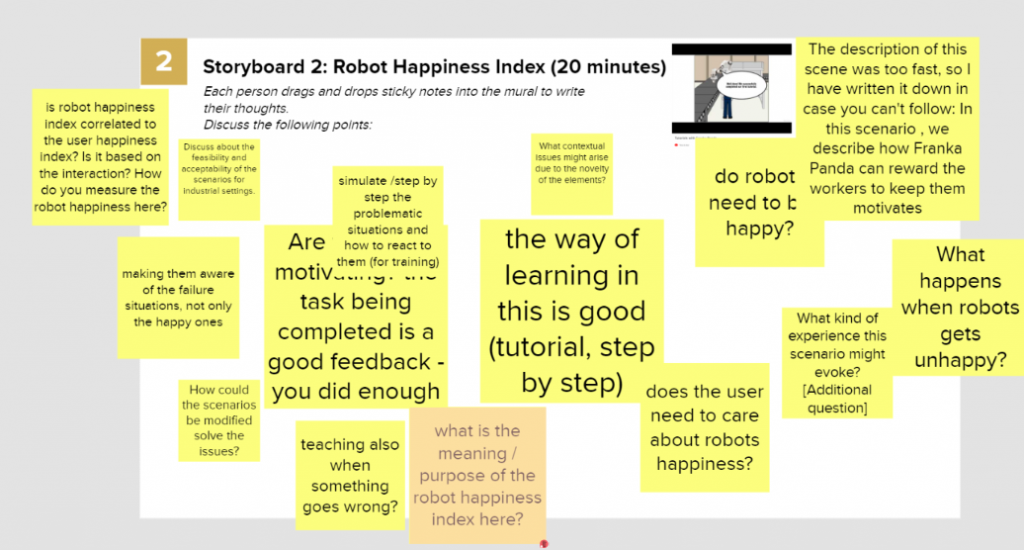
Thank you so much for all the participants and facilitators! It was a cool workshop – hope to see you on board again and we hope to arrange a user pilot together! AI Hub organizes short helpdesk sessions and one week pilots for companies that work with AI and robotics, and this service is free of charge! Feel free to send us message if you want to have a helpdesk session or pilot organized: info.aihub@tuni.fi
Written by Aino Ahtinen, on behalf of the whole AI Hub wp4 team

